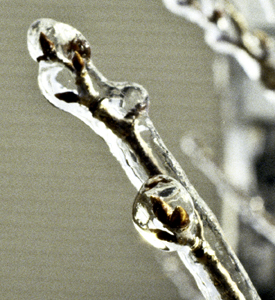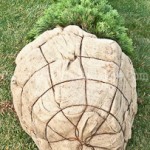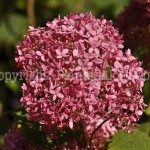Those of us who live in the temperate zones i.e. those that routinely get at least one killing frost, often have to deal with injury to our landscape plants from cold temperatures. When we venture out into the garden in the early spring, we begin to see dead or damaged plants that seemed to be in good shape the previous fall. What happened?
Of course, the first thing and for some people, the only factor we think about is cold temperatures. However, there are several other weather related impacts that need to be considered.
1. Low Temperature Injury – Most gardeners are familiar with the USDA Hardiness Zone map. This divides each area of the country into units based on the typical lowest temperatures expected. For instance, if you are in USDA Zone 5, you can expect to experience winter low temperatures between -10 and -20 degrees Fahrenheit. Continue reading










